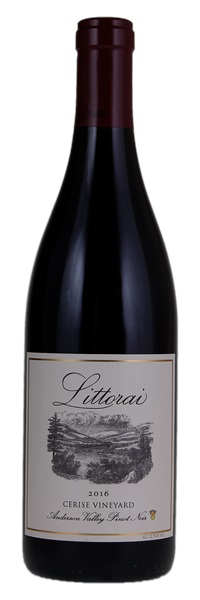Removed from a professional wine storage facility; Purchased upon release; Consignor is original owner

Image above is an example. To view the image of the lot, click the item number.
Estimate
This has plenty of personality and delivers an athletic impression with velvety, black cherries at the edge with a fine-grained, assertive but supple tannin core. Excellent wine.
... Much straighter, focused, and firm, with a Côte de Nuits like feel in its raspberry, cranberry, violets, and rock mineral aromas and flavors, it hits the palate with beautiful acidity, medium body, and fine, polished tannin.
...powerful... There is plenty of depth and persistence... Chalk, white pepper and mint add striking aromatic top notes...
Quite a charmer. Lovely restraint. Super-pure flavours and a very appetising structure. Long and interesting. Juicy too – no shortage of fruit. A star.